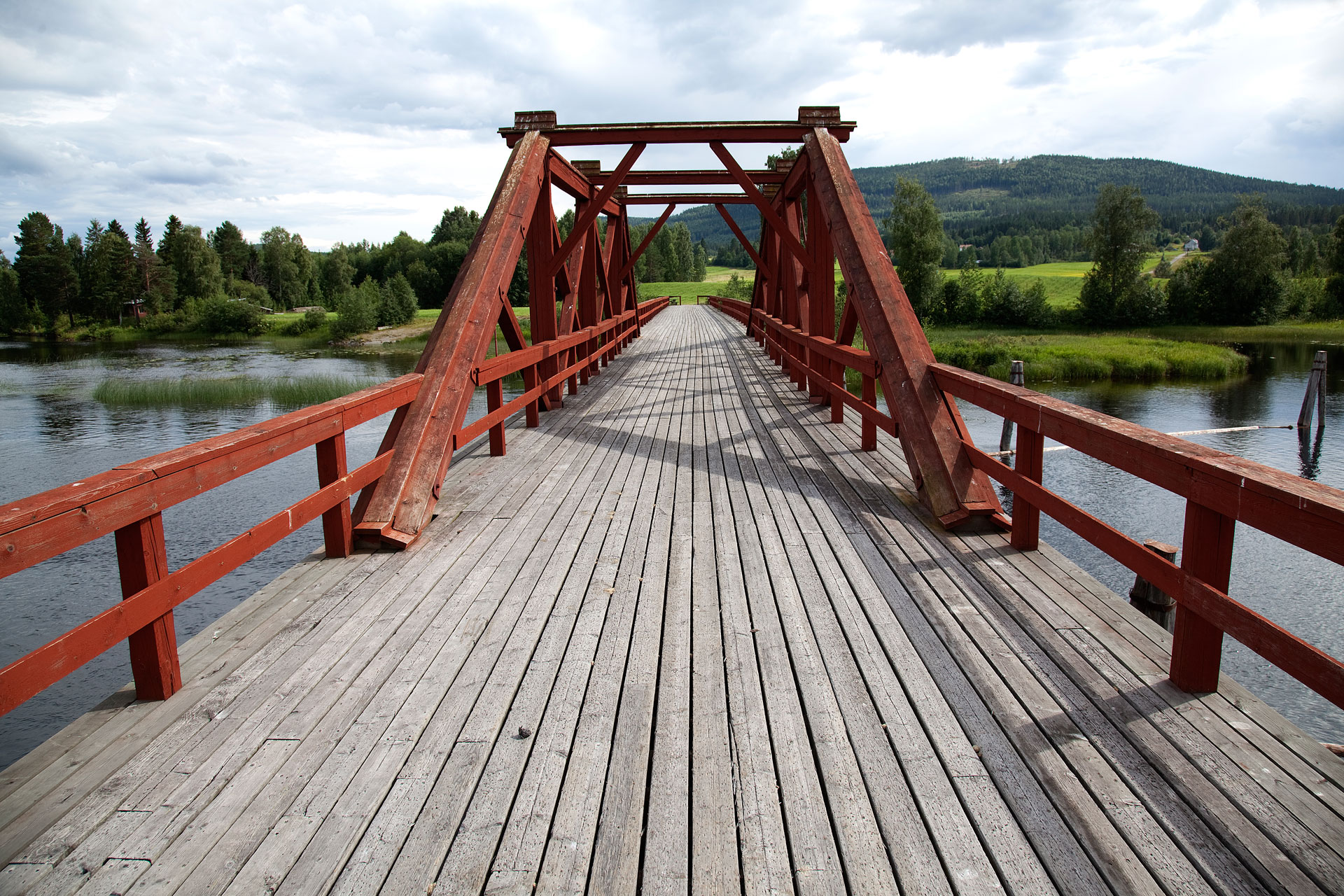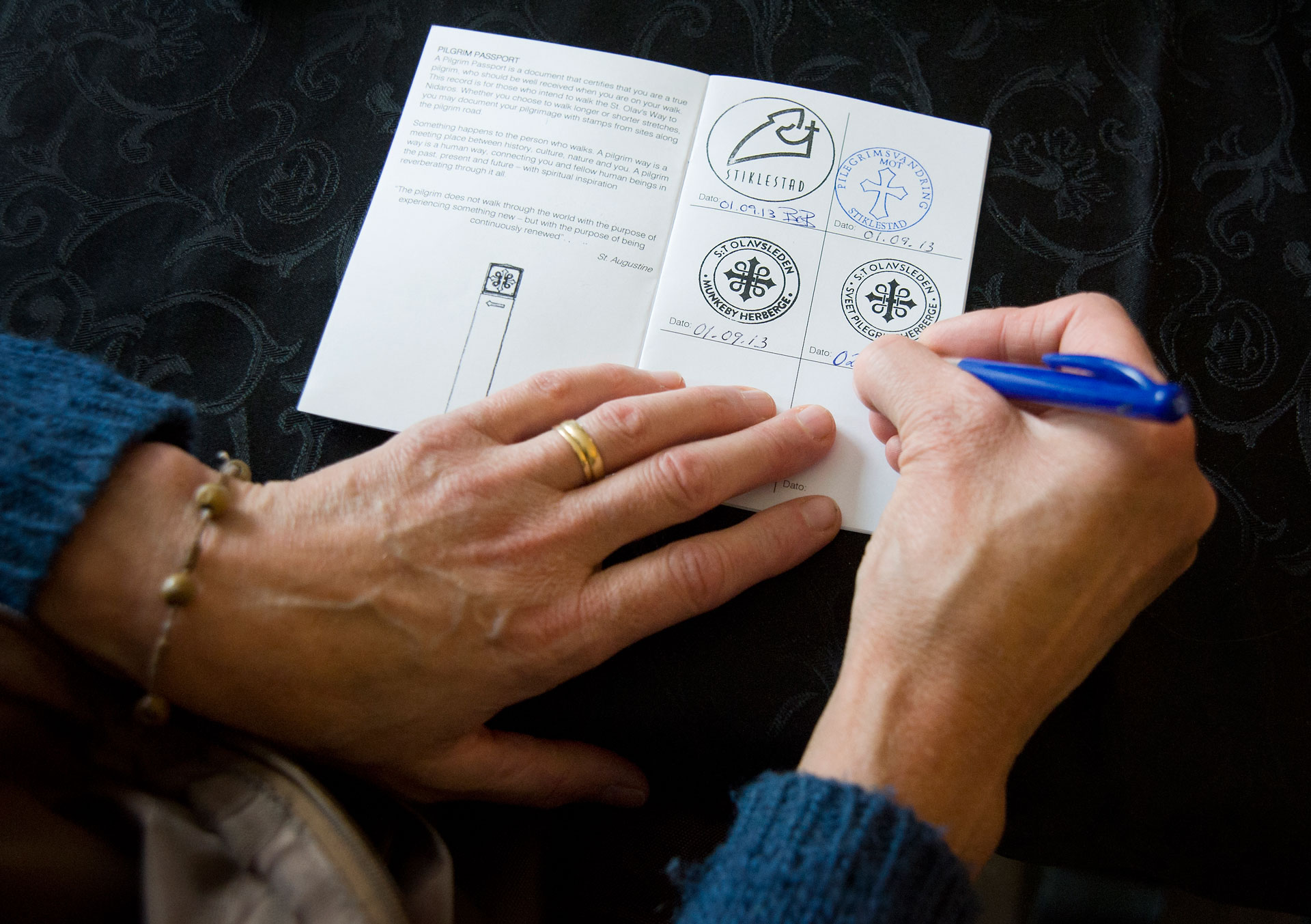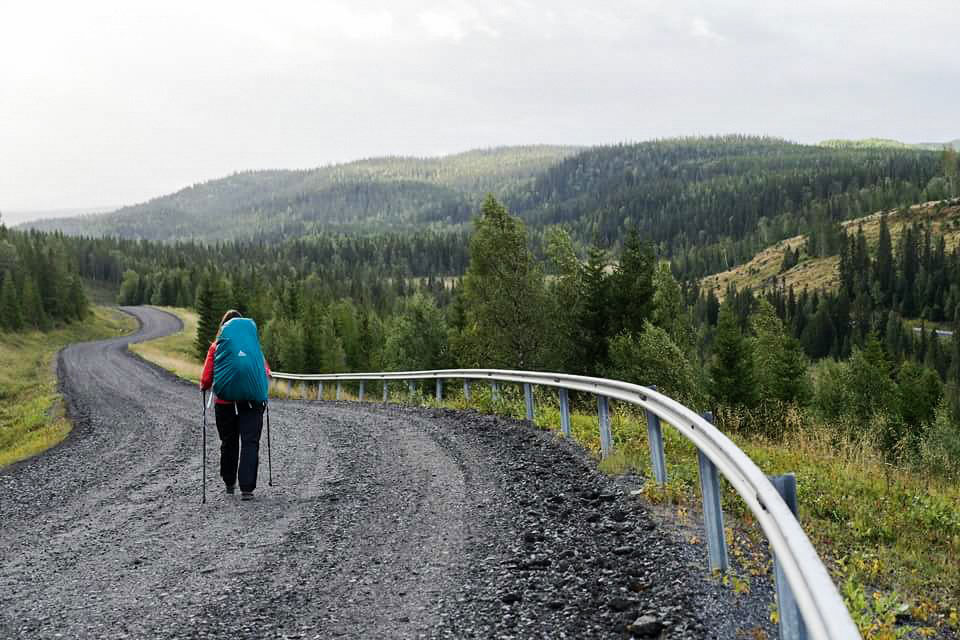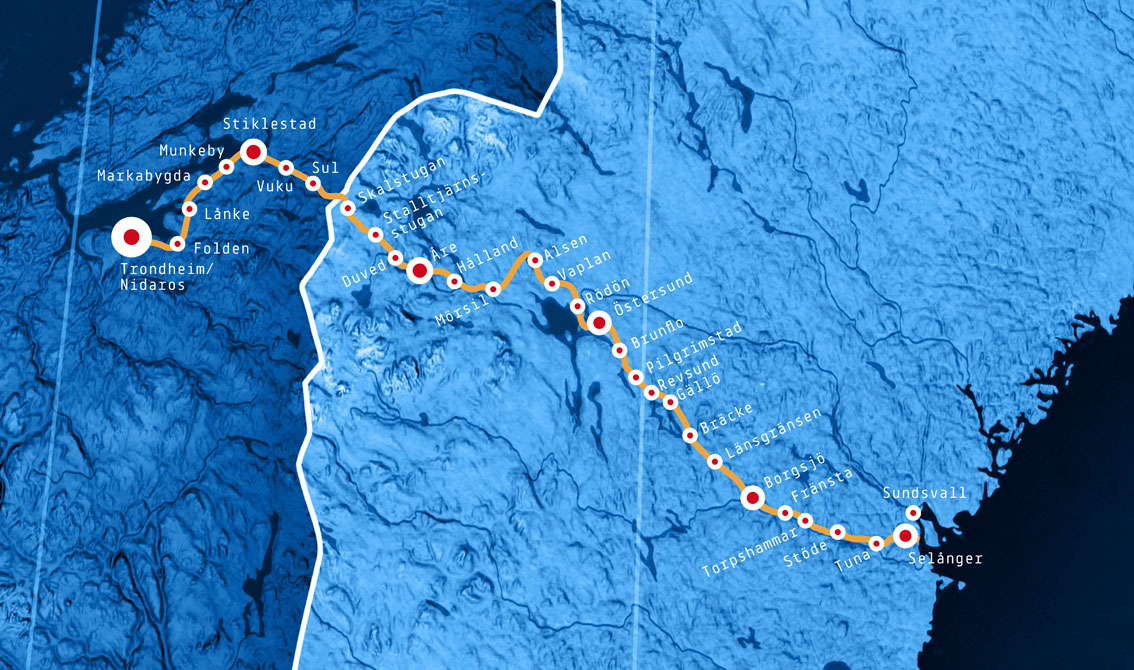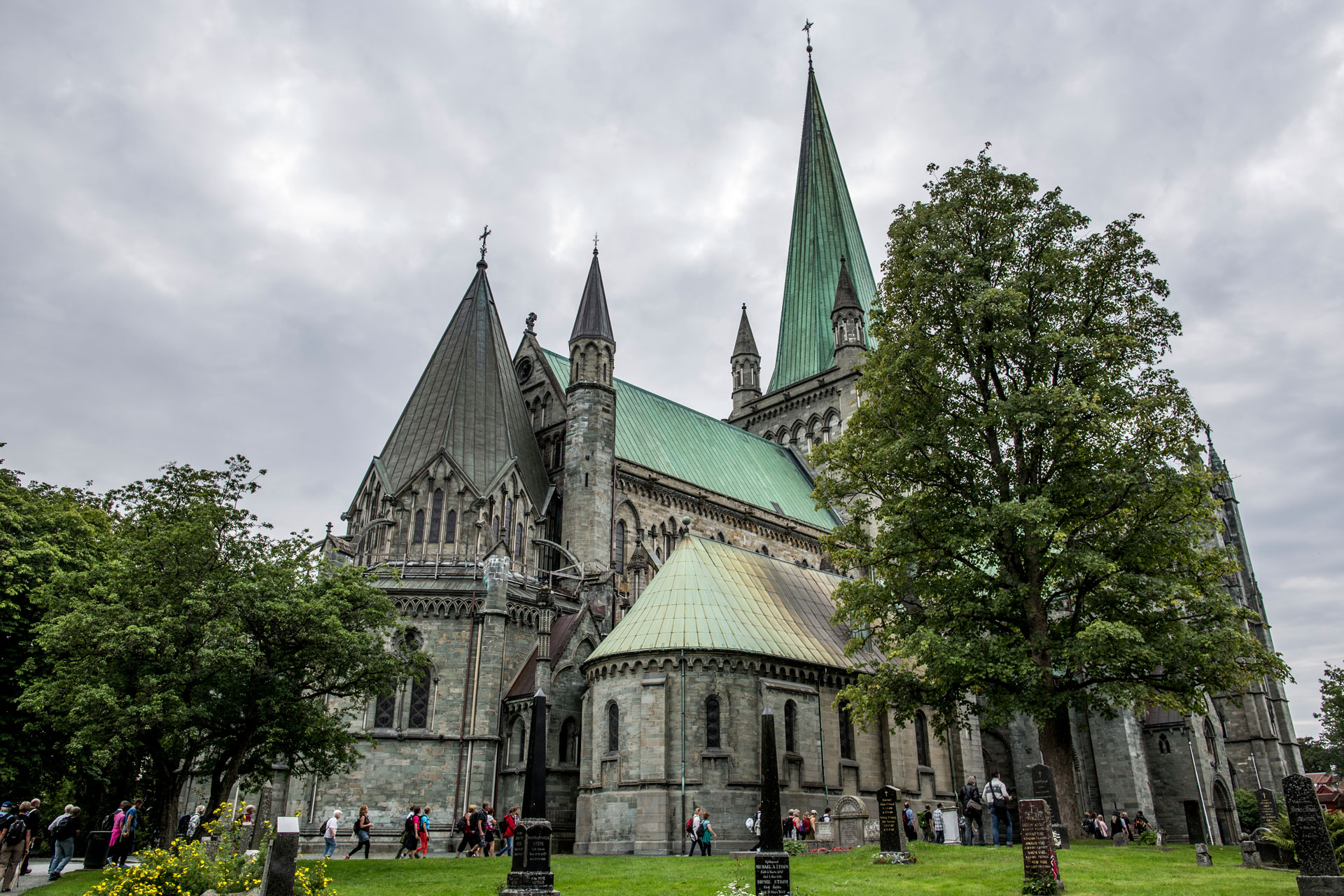To carry out a pilgrimage like this meant walking through woods, along asphalt roads, gravel roads and pastures. The month of hiking exposed me to all kinds of weather except snowfall. Some days there was such heavy rain, no outdoor clothes would ever endure to hold the water out! And on other days the sun cast it´s golden light between the branches in the wood filling me with it´s eternal beauty and feeling of being part of something larger than life itself.
I was overwhelmed by the people I met along the St Olavsleden trail. I prepared for a hike alone in the Swedish countryside. But I met a trail family. People living alongside the trail inviting me and my hiking partner for coffee, or dinner, or staying the night. Talking hours and hours together. Strangers feeling like neighbours. People choosing another lifestyle, people moving from larger cities to live close to nature and in pace with nature. Bringing up their families. They all inspired me in their own special way. Showing warm hearts, giving what they had, giving their time. The trail to me was a lot about people meeting people, just as they are. No boundaries, no fear and no need for keeping masks.
During my hike I learned how to let go – let go of everything, even things I didn´t know anything about. Let go of all fears – like not knowing the way and not knowing what the next day would bring in terms of companionship together with the trail and sourroundings. I learned how to appreciate and embrace the unknown. I felt safe all the way thanks to all the lovely people I met. The woman who gave me water when I accidentally (pre-coffee) walked out without refilling my waterbottles. Along the way, I was greeted with open arms, by strangers who saw a backpack going outside the fence, invited to coffee at the kitchen table, learned about the area and its history.
To hike The St Olavsleden trail was about meeting nature, culture and above all meeting myself. For this experience I am forever thankful – because it became the starting point for something truly life changing. When I got back home after a month on the pilgrim trail I quit my day job and today I run my own business and live a life closer to nature. Inspired by all the people I met along the trail. I am profoundly sure that I have everything I need within me. Every day. One step at the time. Just as I made it along the Olavsleden trail. Every step I have to take on my own, but never alone.
/Angeliqa Mejstedt, Västerås of www.vandringsbloggen.se





